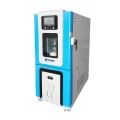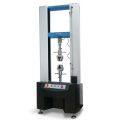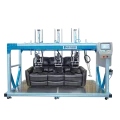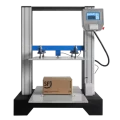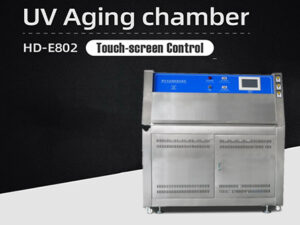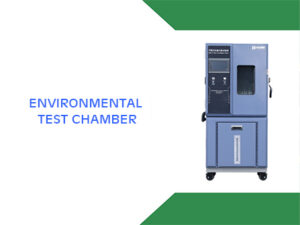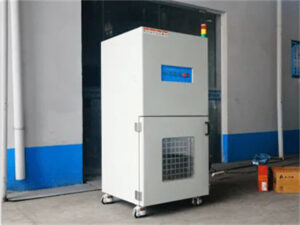Thermal shock chambers are used to test the durability of various materials and components by subjecting them to extreme temperature changes. These chambers can be a valuable tool for manufacturers, but they are not without their challenges. In this article, we will discuss some of the frequently occurring problems with thermal shock chambers and potential solutions.
Problem #1: Condensation
One of the most common issues with thermal shock chambers is the buildup of condensation during testing. When a sample is moved from a hot chamber to a cold chamber, the rapid temperature change can cause moisture to form on the surface of the sample. This can lead to inaccurate test results or even damage to the sample.
Solution: To prevent condensation, it is important to ensure that the thermal shock chamber is properly sealed and that the humidity level is controlled. This can be achieved by using a dehumidifier or by adding a desiccant to the chamber. It is also important to minimize the amount of time that the sample spends in the temperature transition zone, as this is when condensation is most likely to occur.
Problem #2: Sample breakage
Another common issue with thermal shock chambers is sample breakage. When a sample is subjected to rapid temperature changes, it can become brittle and prone to cracking or breaking. This can be especially problematic for delicate or complex samples.
Solution: To prevent sample breakage, it is important to choose an appropriate test method and temperature ramp rate. It is also important to carefully select the sample size and shape to ensure that it can withstand the thermal shock testing. In some cases, it may be necessary to use support fixtures or padding to protect the sample from mechanical stress.
Problem #3: Calibration issues
Thermal shock chambers require regular calibration to ensure accurate test results. However, the extreme temperatures and rapid temperature changes can make calibration challenging.
Solution: To address calibration issues, it is important to follow the manufacturer’s recommended calibration procedures and schedule. It is also important to use calibrated sensors and thermocouples to ensure accurate temperature readings. In some cases, it may be necessary to recalibrate the chamber more frequently or to use multiple calibration points throughout the temperature range.
Problem #4: Maintenance
Thermal shock chambers require regular maintenance to ensure reliable operation and accurate test results. However, the complex nature of these chambers can make maintenance challenging.
Solution: To address maintenance issues, it is important to follow the manufacturer’s recommended maintenance schedule and procedures. This may include cleaning the chamber, replacing worn parts, and lubricating moving components. It is also important to monitor the chamber for signs of wear or damage and to address any issues promptly to prevent more serious problems from developing.
Problem #5: Electrical issues
Thermal shock chambers rely on complex electrical systems to control temperature and humidity. These systems can be prone to issues such as power surges, circuit overload, or component failure.
Solution: To address electrical issues, it is important to use a qualified technician to install and maintain the electrical components of the chamber. It is also important to follow recommended electrical safety procedures to prevent damage to the chamber or injury to personnel. Regular testing of electrical components can also help to identify potential issues before they become major problems.
Thermal shock chambers are an important tool for manufacturers seeking to test the durability of materials and components. However, these chambers can be prone to a range of issues, from condensation to electrical problems. By following recommended procedures and addressing issues promptly, manufacturers can ensure reliable operation and accurate test results.


